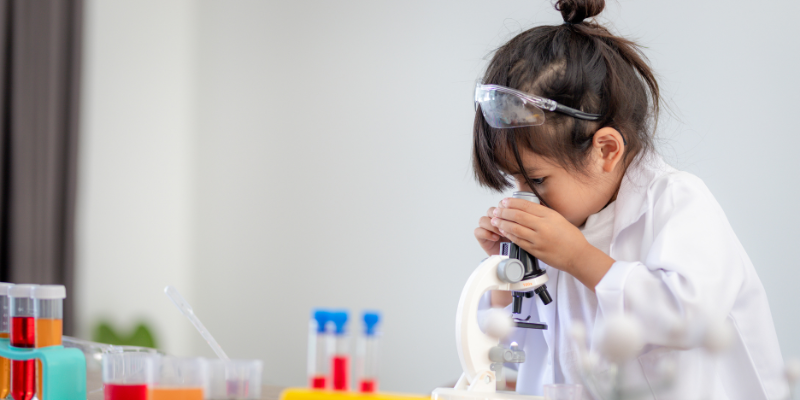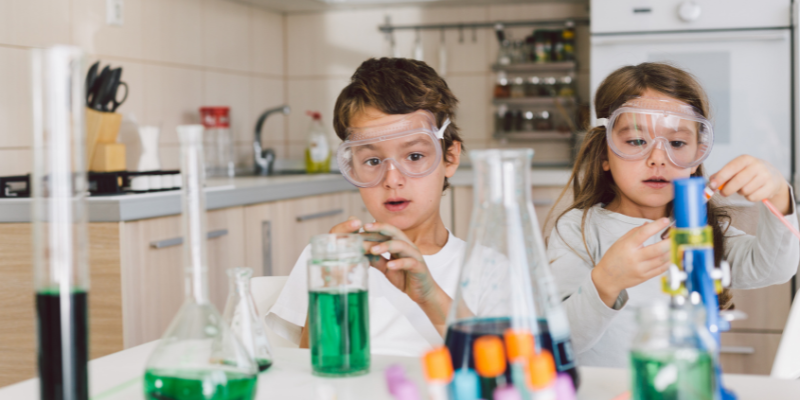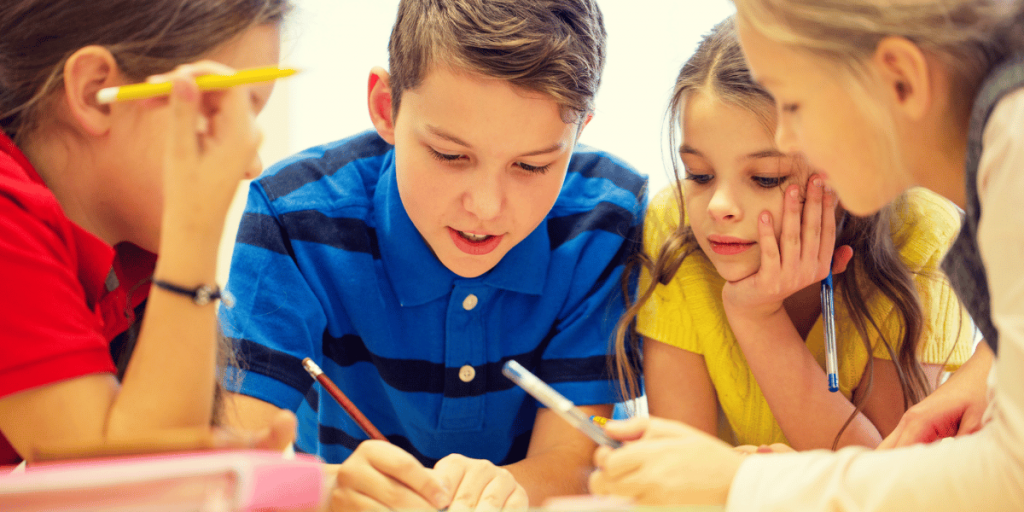This content was last updated on 8 July 2025
This blog is presented by Twin Science, a global education technology company empowering educators through AI-enhanced learning solutions. In today’s classrooms, educators play a vital role in nurturing young learners’ curiosity and critical thinking. Science and nature-based activities are some of the most powerful tools for achieving this — supporting both cognitive growth and social development.
Looking for classroom-ready resources to foster scientific thinking through hands-on learning? Get in touch to see how your students can thrive in an AI-powered world.
1. Learning Through Experimentation
How does hands-on experimentation support learning in young children? Engaging students in practical science and nature activities encourages exploration and discovery, reinforcing the core principles of scientific thinking. These hands-on learning experiences help children understand cause-and-effect relationships and foster a lifelong love of inquiry.
2. Developing Observation Skills
Why are observation skills critical in science education? Observation is a foundational scientific skill. Through structured activities, students learn to observe, compare, and analyze. Over time, this sharpens their ability to collect evidence and draw logical conclusions, key abilities in both AI literacy and broader STEM learning.

3. Supporting Academic Achievement
How do science activities impact overall school performance? Inquiry-driven learning promotes critical thinking, pattern recognition, and problem-solving, all of which translate into higher engagement and academic confidence. Educators using teacher AI tools can also connect science lessons to math, literacy, and computational thinking.
4. Stimulated curiosity:
Science activities invite students to ask questions, make predictions, and test ideas. This process activates natural curiosity and builds emotional engagement in learning. In a tech-enhanced classroom, curiosity becomes a springboard for AI in Education exploration.

5. Improved eye-hand coordination:
Measuring liquids, assembling circuits, or planting seeds involve precise physical actions. These activities develop eye-hand coordination, especially when paired with STEM tools and learning kits designed for early learners.
6. Motor skills development:
Why are science activities important for young learners’ motor development? Between ages 0–8, children refine both fine and gross motor skills. Activities like mixing, sorting, or using magnifying glasses contribute to this physical development while also promoting multisensory learning, crucial in early STEM education.

PS: What About AI?
As AI become central to modern education, it’s essential to use learning strategies that foster both cognitive and physical development. Start building foundational AI literacy skills through hands-on learning kits from Twin Education Solutions, designed specifically for the classroom. Request a demo to see Twin’s AI-powered STEM ecosystem in action.
7. Social Skill Enchancement
Science often involves collaborative work, whether it’s observing together, forming hypotheses, or building projects as a team. Group-based activities cultivate communication, active listening, and peer collaboration, which are essential in edtech-supported classrooms.

8. Boosting Confidence
Completing a science challenge or presenting an experiment result gives students a sense of accomplishment and agency. Through these activities, students gain ownership over their learning journey, boosting their self-confidence and motivation to learn more.
9. Creative Problem-Solving
How do science and nature activities promote creative thinking? When students explore open-ended questions or test alternative solutions, they’re building creative thinking skills. Science activities encourage them to take intellectual risks, an important part of STEM and AI literacy development.
10. Enhancing Cognitive Abilities
Activities that involve sorting, classifying, comparing, and analyzing help strengthen executive function and cognitive processing. These are key skills not only in science but also in understanding data and systems, critical for students navigating a future shaped by AI.
Conclusion: Bring the Power of Science into the Classroom
Why should educators prioritize science-based activities in early education?
Science-based activities support whole-child development, nurturing curiosity, physical skills, social-emotional growth, and STEM foundations. Integrating science early empowers children with the tools to explore, question, and understand the world around them. Empower every learner to explore, imagine, and solve, the future begins with curiosity. Book your demo to see how Twin makes AI accessible to every student.
Sarah Evans 🖋️
Science Teacher




